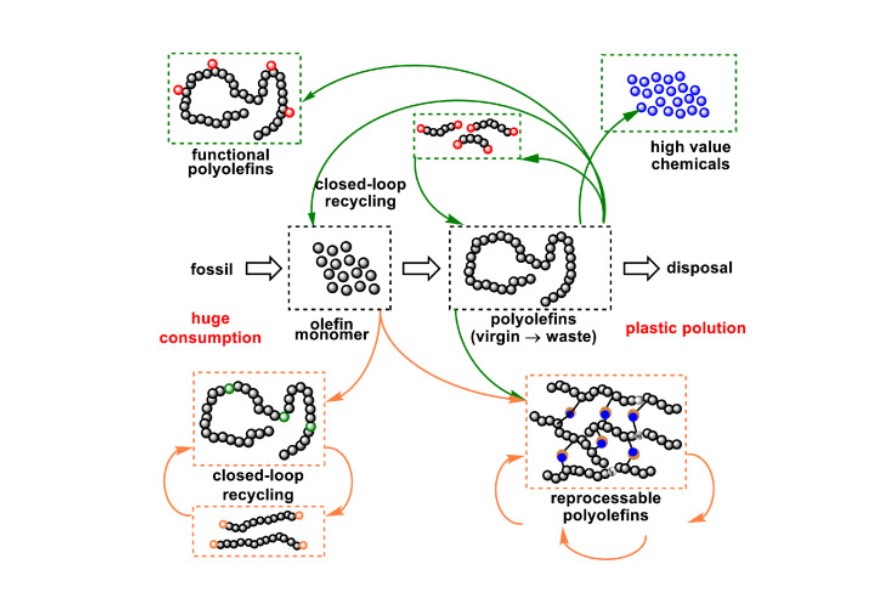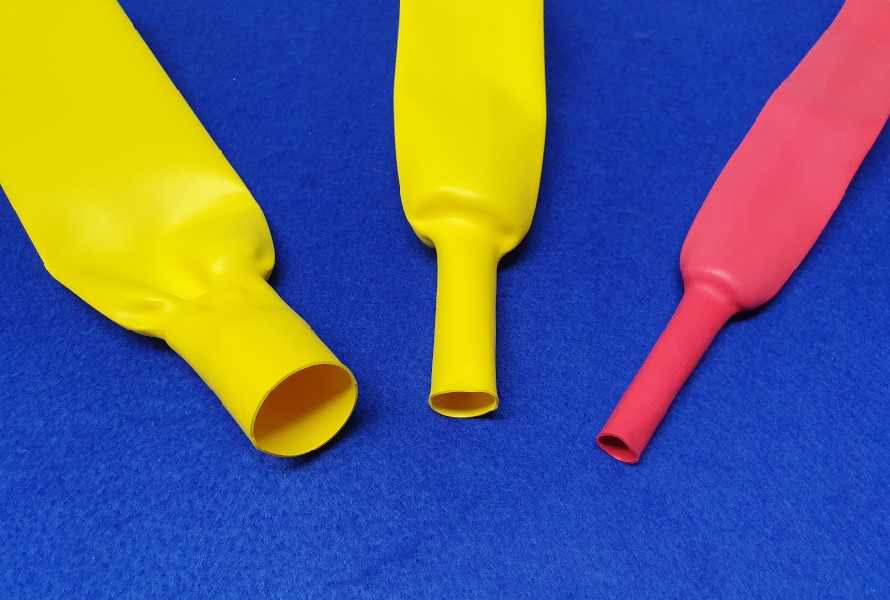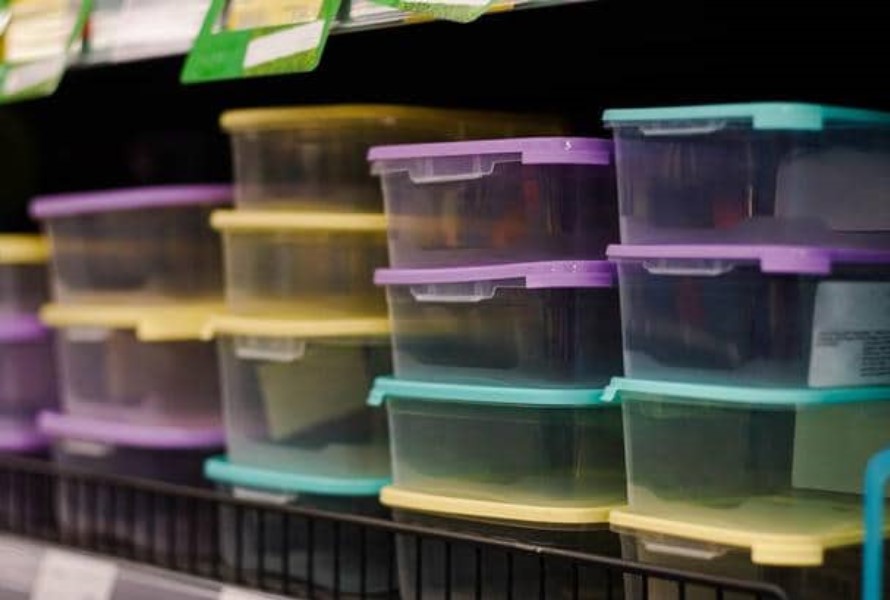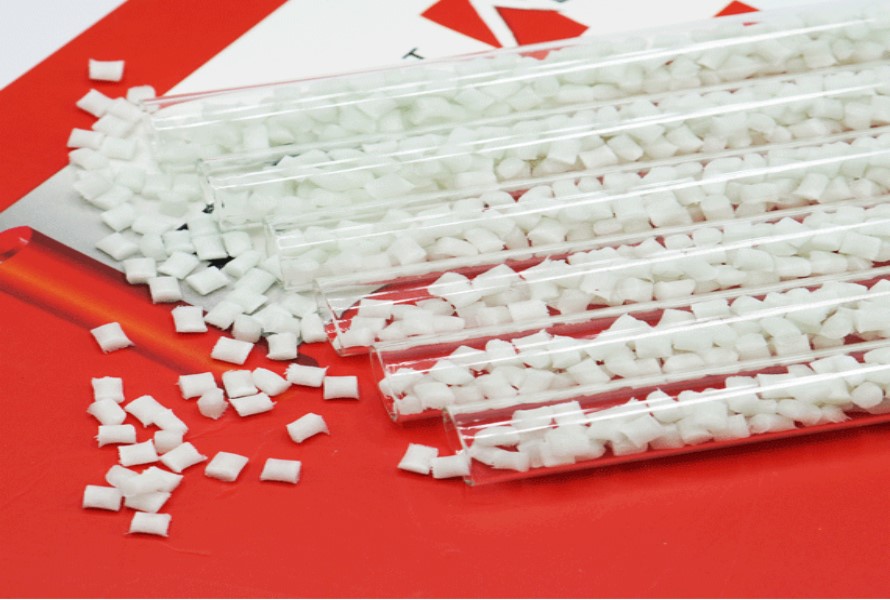Polyolefin vs. Polypropylene: What Are The Differences?
Polyolefin and polypropylene are both commonly used polymers in the plastics industry. The former is a broad category of plastics derived from olefins; the latter is a specific type of polyolefin. Thus, there are slight differences in their chemical structure, characteristics, and uses.
Let’s delve into the detailed comparison of polyolefin vs polypropylene in this article!
Read more: PP Plastic: Everything you need to know
1. Overview of Polyolefin vs. Polypropylene
Before discussing polyolefin vs polypropylene, let’s have an overview of each material!
Here is the polyolefin definition: Polyolefins are the most common type of thermoplastics used in many applications. They are derived from olefins, unsaturated hydrocarbons containing hydrogen and carbon bonds. These olefins undergo polymerization to become high-molecular-weight polyolefins (the type of polyolefin produced depends on the polymerization procedure). Due to its durability, heat resistance, and chemical corrosion resistance, polyolefins are perfect for use in food storage and medical devices.

Polyolefin
Polypropylene (PP) is a specific type of polyolefin. It offers exceptional tensile strength, great chemical resistance, and a high melting point. This polymer is ideal for long-lasting automobile components and medical equipment. Isotactic PP and syndiotactic PP are popular since they provide good property balance.
2. Key Differences of Polyolefin vs. Polypropylene
In the comparison of polyolefin vs polypropylene, there are some key differences you should know:
| |
Polyolefin |
Polypropylene |
| Chemical Structure |
Polyolefin belongs to the polymer family, which is generated from hydrocarbons. It includes polyethylene, polypropylene, and polybutene. Its monomers, which are polymerized to create lengthy chains, are distinguished by carbon-carbon double bonds.
|
Polypropylene is a type of polyolefin that is produced by polymerizing propylene (C₃H₆) monomers. |
| Physical Properties |
Depending on the specific type, polyolefins offer different levels of density, flexibility, and thermal resistance. In general, they are well-known for their chemical resistance, minimal moisture absorption, and lightweight nature. |
With a greater melting point and superior chemical resistance, polypropylene is a tough polymer that is perfect for heat-resistant applications and less prone to deterioration under UV light. |
| Processing |
Petroleum-based polyolefins are frequently recyclable but are non-biodegradable and present environmental problems when it comes to waste management. |
Polypropylene is a material that is frequently recycled and has a smaller environmental impact. |
3. Common Applications of Polyolefin vs. Polypropylene
Our discussion about polyolefin vs polypropylene will continue with their applications:
Since polyolefin is a wide category and possesses many outstanding properties (exceptional clarity, high tensile strength, resistance to punctures, resistance to chemicals, and lightweight nature), it’s used in various applications. Due to its lightweight, it is essential for fuel economy in the automobile sector.
Because polyolefins are appropriate for construction regulations and offer protection from UV rays, fire, and weathering, they are a popular choice for outdoor stadium seats. Their superior water-repellent qualities allow them to be used in the textile industry for clothing, upholstery, carpet backing, and seat coverings.
Furthermore, the material is non-toxic, transparent, and recyclable; it’s an ideal choice for food-grade container lids and bottle packaging.

Heat shrink tubing from polyolefin
Polypropylene’s tactile, slippery surface works well with low-friction applications such as plastic furniture and packaging for automobiles and machines. It is perfect for cleaning, bleaching, and first-aid goods because of its exceptional resistance to chemical corrosion.
Due to its excellent insulating qualities and versatility, polypropylene can be used for a wide range of products, including electrical items, ropes, twine, carpets, furniture, clothes, and camping gear. It is very helpful in the marine industry since it offers waterproof qualities.
In the automobile sector, you can find components made from polypropylene, such as battery casings, trays, drink holders, bumpers, interior details, instrument panels, and door trims.
Polypropylene’s waterproof qualities, flexible strength, and resistance to mold, bacteria, and chemical damage also make it suitable for many medical applications, including syringes, medical vials, Petri dishes, pill containers, and specimen bottles.

Polypropylene food containers
4. Pros and Cons of Polyolefin vs. Polypropylene
| |
Polyolefin |
Polypropylene |
| Pros |
- Lightweight
- Durability
- Excellent chemical resistance
- Good flexural and tensile properties
- Good weather, water, tear, abrasion and stress crack resistance
- Wide temperature performance range
- Cost-effective
Recyclable
|
- Lightweight
- Excellent electrical insulation
- Good mechanical strength
- Low moisture absorption
- Many color options
- Non-toxicity and FDA approved for food contact
- Cost-effective
|
| Cons |
- Poor resistance to shrinkage
- Performance may be limited by a low melting point of some polyolefins
- Prone to light deterioration
|
- Relatively low stiffness
- Low UV resistance
- Poor adhesion
- Non-biodegradability
|
5. Conclusion
The discussion of polyolefin vs polypropylene is going to end. In short, the polyolefin is a member of the polymers family, and polypropylene is a sub-member (it’s also a type of polyolefin).
Understanding their differences opens an in-depth look at plastic materials, helping manufacturers choose the most suitable options for the best product performance.
6. About EuroPlas’ PP Products
If you’re looking for a trustworthy PP compound supplier, EuroPlas is proud to be one. We gain a reputation for our products from the cooperation with thousands of factories in over 95 countries with our full-function-in-one-material solution for end-products.

PP compound from EuroPlas
Our PP compounds offer higher rigidity, better heat resistance, and chemical stability. We have:
Contact us for more details!